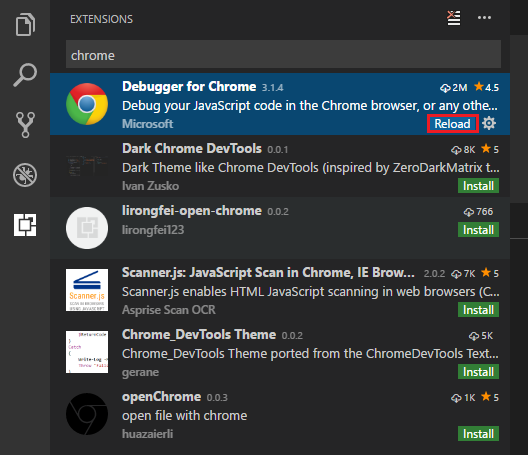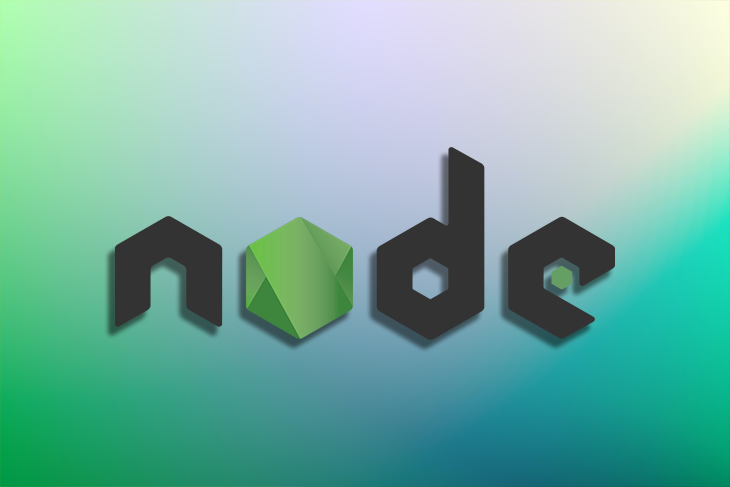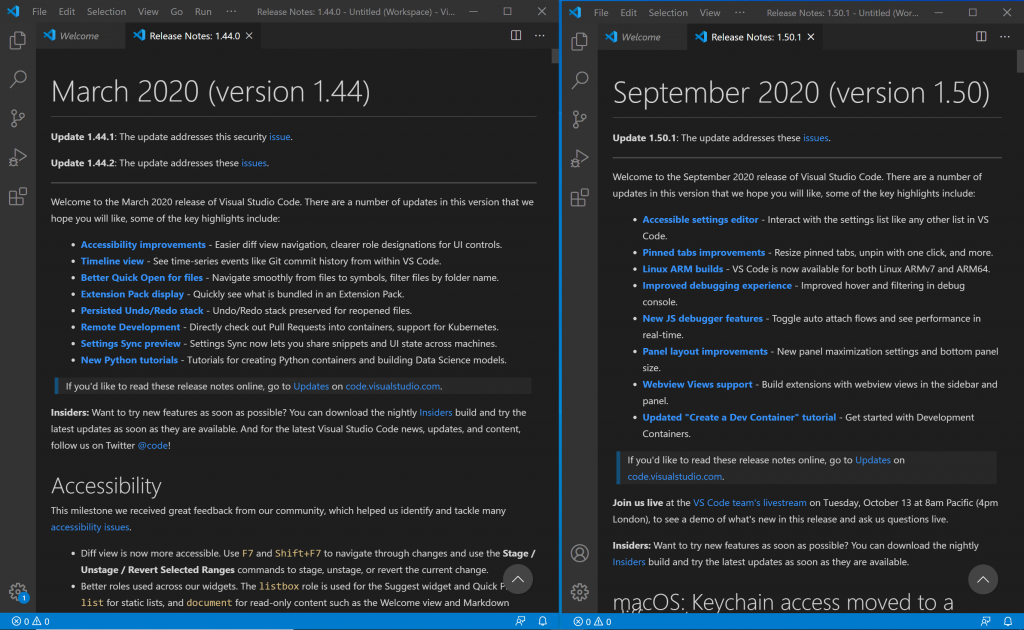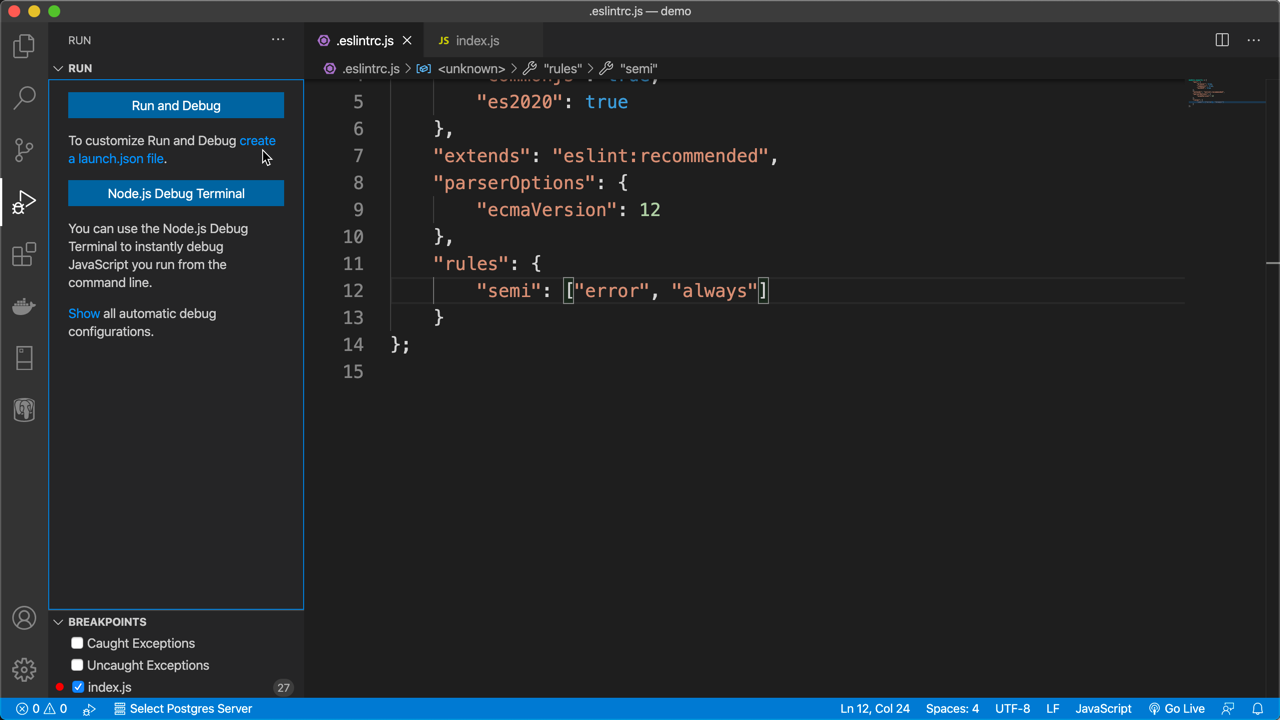

- #Install node js visual studio code install
- #Install node js visual studio code upgrade
- #Install node js visual studio code code
The result is that you can now use whatever version of Node is required for the particular project on which you happen to be working.As you may know, I am a huge fan of the Azure Cloud Shell. If you are using a helper tool like NVM to manage your Node installations, this is even more useful because it’s a simple command to switch node versions for Visual Studio. Again, if you are using the x86 version, make sure to use the correct path.Īfter running these commands, the Visual Studio versions of Node will be pointing at whichever version is currently installed through the MSI. To create the link for the executable, type in the following: mklink Node.exe “C:\Program Files\nodejs\node.exe”. If you have installed the x86 version onto an 圆4 machine, make sure you add the (x86) part of the Program Files path. To create the link for the node_modules folder, type in the following to the cmd window: mklink node_modules “C:\Program Files\nodejs\node_modules”. You’ll then need to create a symbolic link for both the Node executable and the node_modules folder. Into the cmd window, type cd “ C:\Program Files (x86)\Microsoft Visual Studio\2017\Enterprise\Web\External” and press enter. Once the cmd window has opened, change to the Visual Studio directory where Node is installed.

This can be done by searching for cmd in the Start menu, and then right-clicking and selecting “Run as Administrator”. Once a backup copy of these has been made, open up a command prompt window in Administrator mode. For example, the Node executable can be renamed to Node.exe_bak, and the node_modules folder to node_modules_bak. To replace the two items, first make backup copies of each. First, the node_modules folder will need to be exchanged, and second, the Node executable will need to be exchanged. In this folder, there are two pieces that will need to be changed.

Visual Studio keeps its copy of Node in the path C:\Program Files (x86)\Microsoft Visual Studio\2017\Enterprise\Web\External. To force Visual Studio to use the version of Node the developer has installed, you can replace the files Visual Studio installed with symbolic links that will point to the versions in Program Files. This makes it pointless to use the Node integration with Visual Studio, and so the developer loses time by working around the problem.
#Install node js visual studio code code
The method typically used to get around this is to just rebuild the code from a console window which will use the correct version of Node. If Node is installed later by the developer, it will be installed into the Program Files folder as expected, and these two instances will live in parallel to each other.Īll of this is fine, expect when a developer is expecting to have certain features enabled (because he or she installed a version of Node that supports those features), and Visual Studio’s build process fails to recognize the newer syntax. The reasons for this seem to be so that Visual Studio can own its copy of Node and control how it is supposed to operate – including automatically installing a few global packages and keeping to the version it expects.
#Install node js visual studio code install
Instead, Visual Studio opts to install the instance into its own location and use it there. Visual Studio does not perform a traditional install of Node.js into the Program Files folder as the Node MSI would.
#Install node js visual studio code upgrade
To use these new features, a developer would obviously need to upgrade the instance of Node.js installed to a version that supports the newer features. These features include things like the const keyword, along with lambda expressions and a new class syntax. This is good for developers using those technologies, as these new features usually introduce time saving features and new abilities that can make development in JavaScript easier. JavaScript and Node are both progressing at a very quick pace with new features being added into the ECMAScript standard every year, and a new version of Node at about the same frequency. It is a nice time saving feature that can really help speed up development time, and bring developers with expertise in platforms other than Microsoft’s own C# into the Microsoft developer world. – and use them without having to leave the IDE to make them work.

This allows developers to use any tools they deem necessary – such as Webpack, Grunt, Gulp, etc. On installation, Visual Studio gives developers the choice to install Node.js tools for working with the framework, and for integrating JavaScript build tools with Visual Studio’s own build process.


 0 kommentar(er)
0 kommentar(er)
